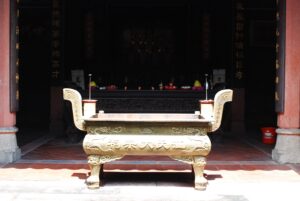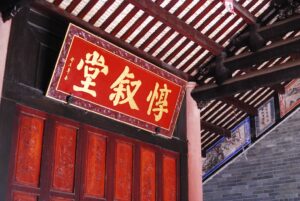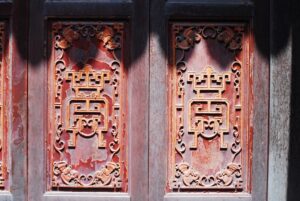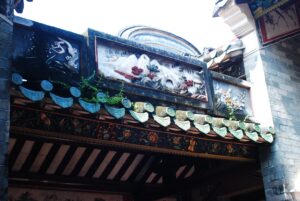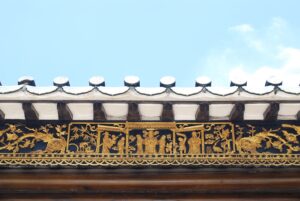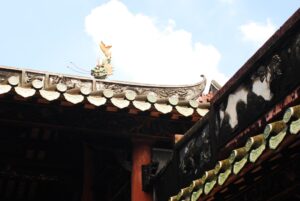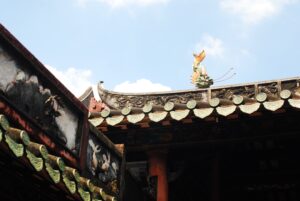Shenzhen Shorts – The Home of Oysters in Shajing
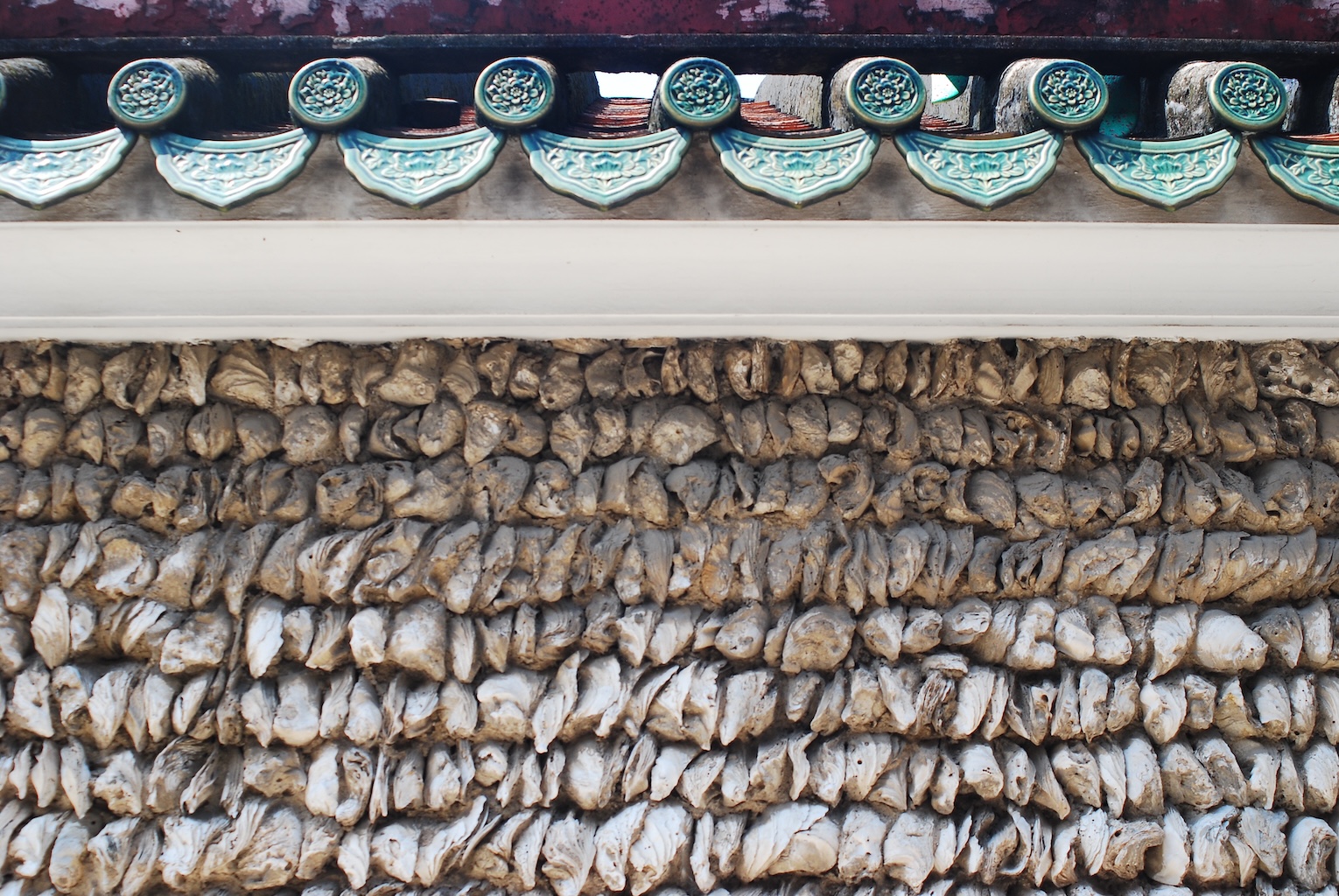
I like seeing old towns and villages. I have seen a few of the ancient old towns and communities in Shenzhen, including the Dapeng Fortress, Gankeng Ancient Hakka Townlet, Nantou Ancient City and Shui Wei 1368. I was interested in the areas in Shenzhen that feature lesser-known communities that have preserved an aged vibe.

Shajing was a perfect choice for this outing. Located in Baoan, northwestern Shenzhen, the former site of Shajing Xu (old market) has also undergone restoration. As such the area is clean with hip elements, such as large wall murals.
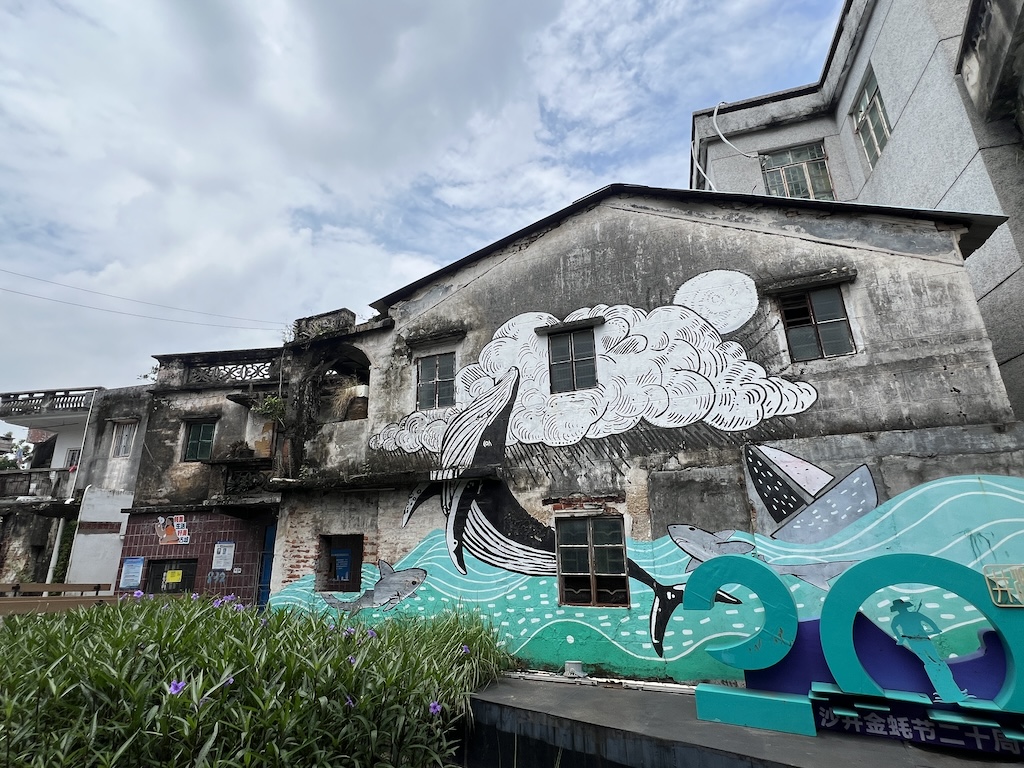
A History in Sea Trade – Salt and Oysters in Shajing
Shajing was a thriving market in the ancient times, as one of the busiest districts in the ancient county of Baoan in Shenzhen. Before its natural landscape gradually changed into a flatland by the seaside around 2,500 years ago, the area was once a bay itself. This gave rise to Shajing’s early beginning in salt making and trade. Salt was the lifeline for this part of Shenzhen during the Song and Yuan dynasties. At first, salt was yielded by boiling sea water. Then the people of Shajing yielded salt by sun drying the sea water in salt pans. Shajing’s Gui De salt field was one of the 13 major salt fields in the Guangdong Province.

The oyster growing industry in Shajing traced a history of a thousand years since the Song dynasty. By the Qing dynasty, the salt industry has become obsolete. The people then turned to another sea-related trade—oyster farming. They engaged in the cultivation of oysters on bamboo staffs, a type of off-bottom native oyster farming technique.
By the Ming and Qing dynasties, the oyster industry in Shajing became the primary produce and business for the community. Where the men tended to the oysters at the seaside, the women made secondary products, such as oyster sauce and dried oysters. Each harvest took 2-4 years to mature. The oyster trade resulted in prosperity for this community, so much so that it was considered the “key economic hub” in Shenzhen.
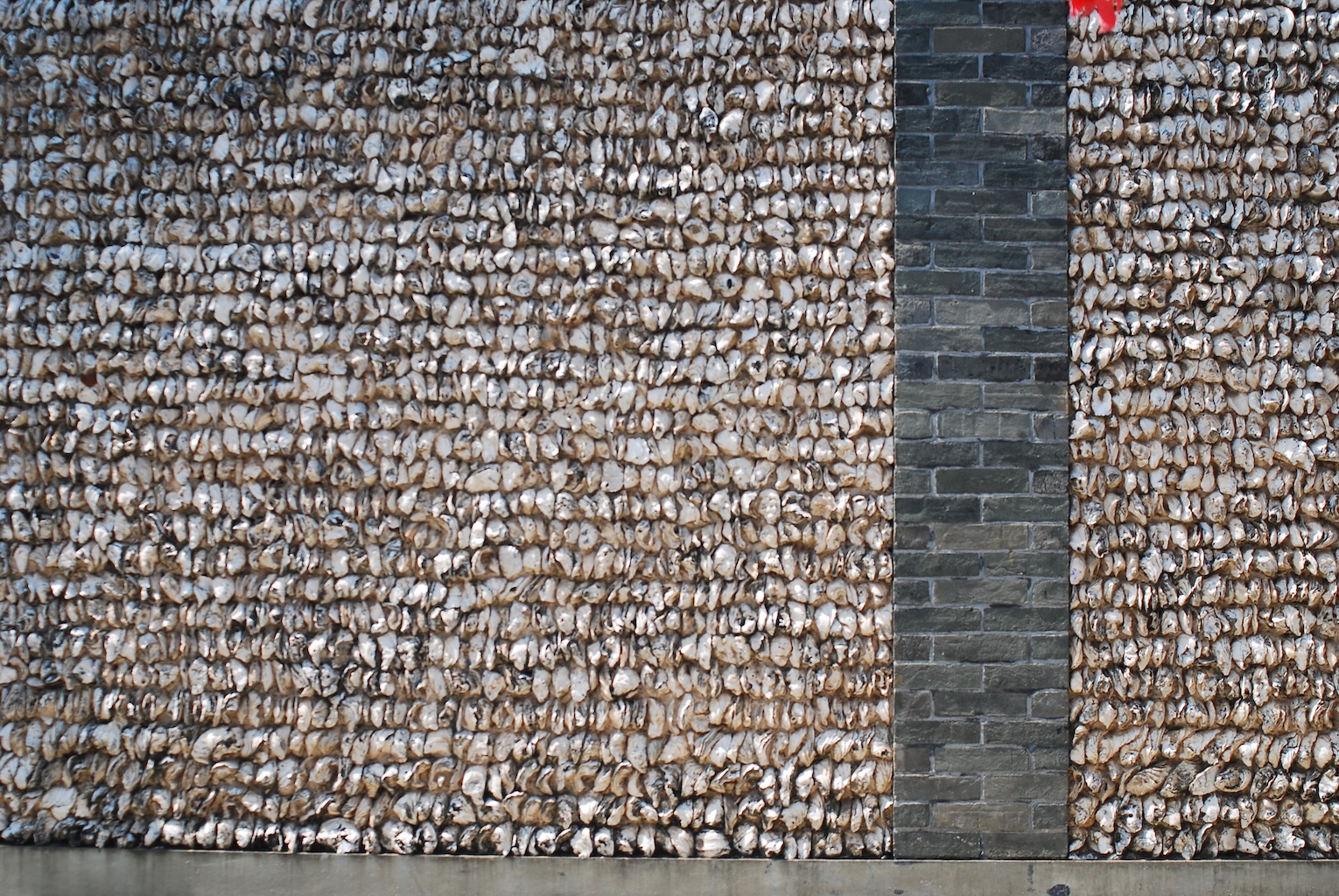
By the 1990s, however, the rapid rise of Shenzhen’s industries caused severe pollution to its environment. The oysters in Shajing started showing signs of pollution, their flesh turning into bluish green colors. The products were no longer edible. This has caused a permanent shutdown of the native oyster farming industry in Shajing. The technical know-how of oyster farming was then transferred to other suitable coastal areas, such as Taishan, Huidong and Yangjiang. The people of Shajing then became the source of expertise in the modern partnership model of technology transfer, involving the establishment of experts, production units, companies and cultures.
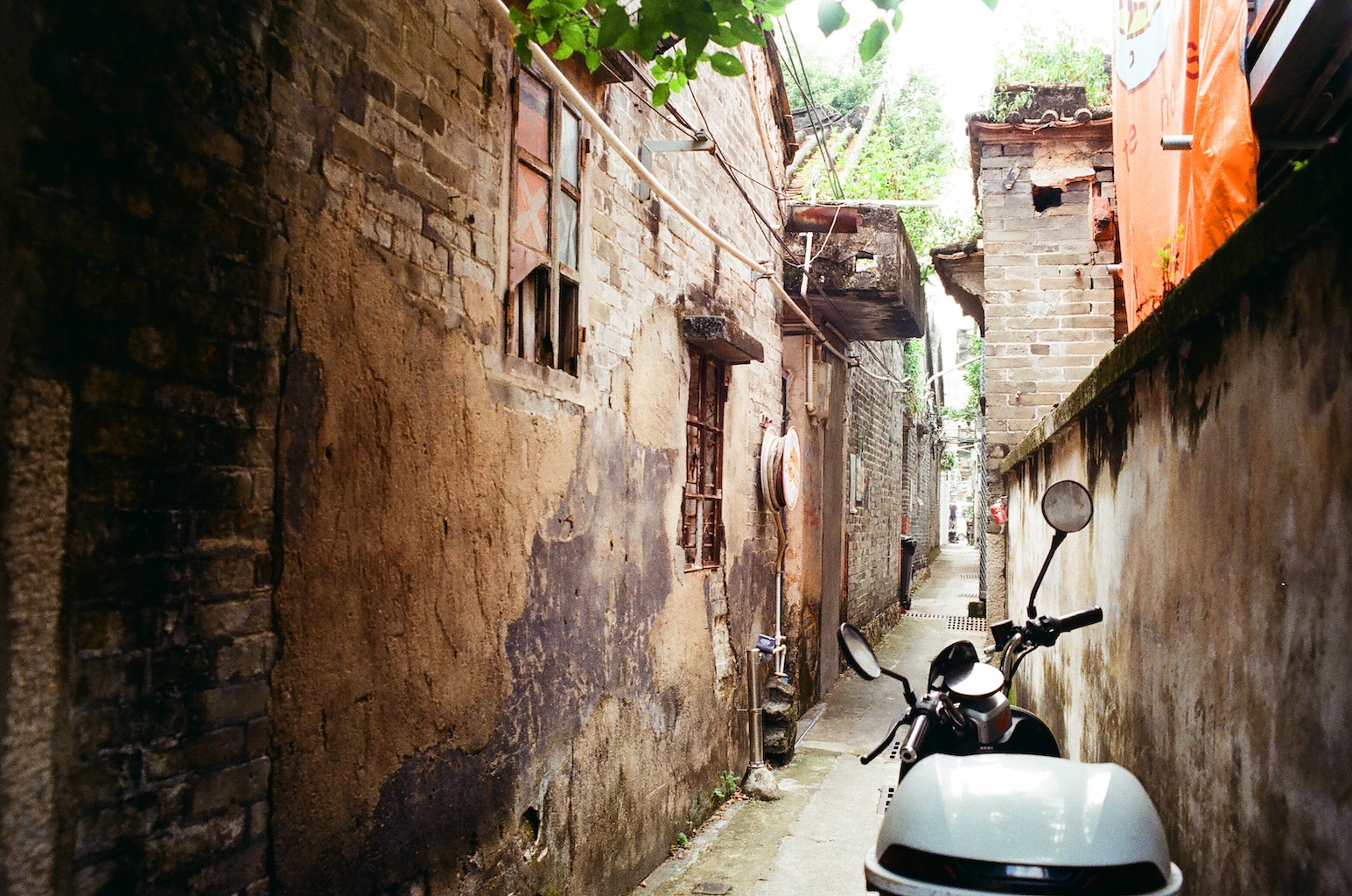
Some Sites to Visit in Shajing

The area of Old Shajing is very walkable and feel free to take your time. There are many spots where you can sit down in shades as well. I managed to find some of the following worthy sites. The general area of the Shajing old market consists now of a few villages. Point your Gaode map app to “Longjin Stong Pagoda.” The closest metro station is Shajing.

The Longjin Stone Pagoda

The Longjin Stone Pagoda is the patron saint that presided over the east bank of the Longjin River. To the locals this pagoda was known as the “Lord of Huata.” It came into being when the Gui De Salt Field Officer Zhou Mu finished building the bridge that lied on the northeast of Shajing during the Jiading reign of the Song dynasty in 1220. The day that the bridge opened, the waters raged like a dancing dragon. Zhou Mu built this pagoda here to tame the water dragon.
The pagoda is made of sandstone. The half-body Buddha statue is a relief with one hand gestured in the shape of holding a sword.
The Weitou Old Well
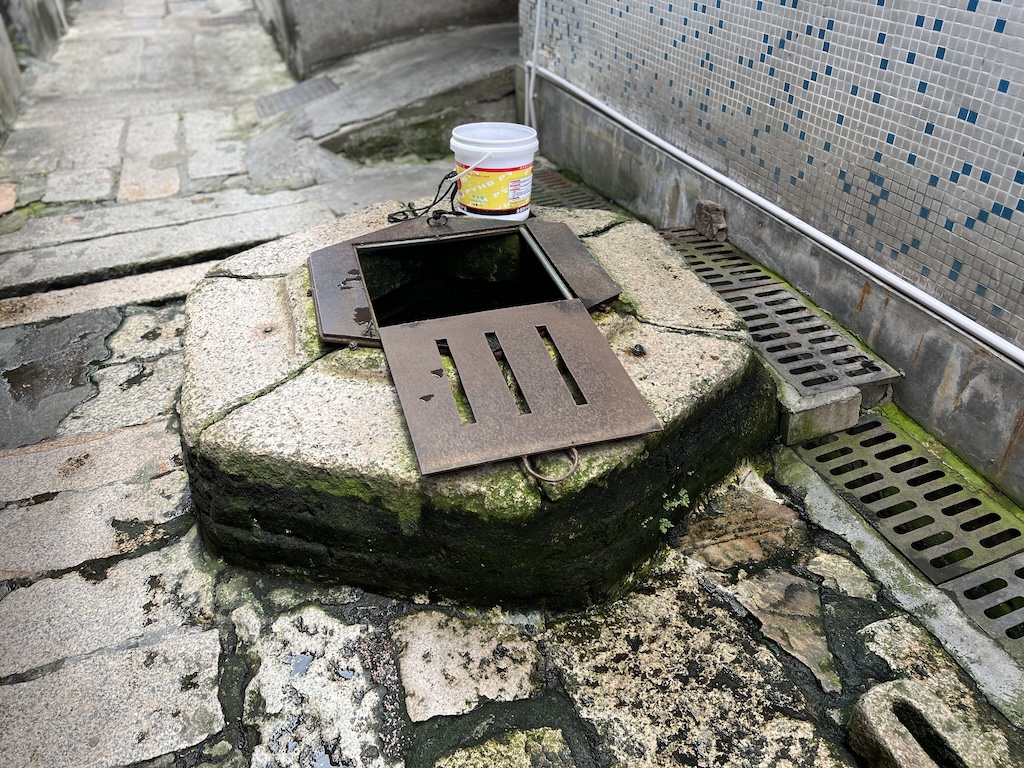
It is said that the Weitou Old Well was a well made by the Gui De Salt Administration Office in Shajing. What is left of the Gui De Salt Administration Office is just a modern stone plaque that stands at its former site, indicating where it would have been.

Indeed, it is just around the corner from the old well. Judging from the fact that a plastic bucket lies right at the well, it is likely that the residents still draw water from it today.
The Jingle Chen’s Ancestral Hall
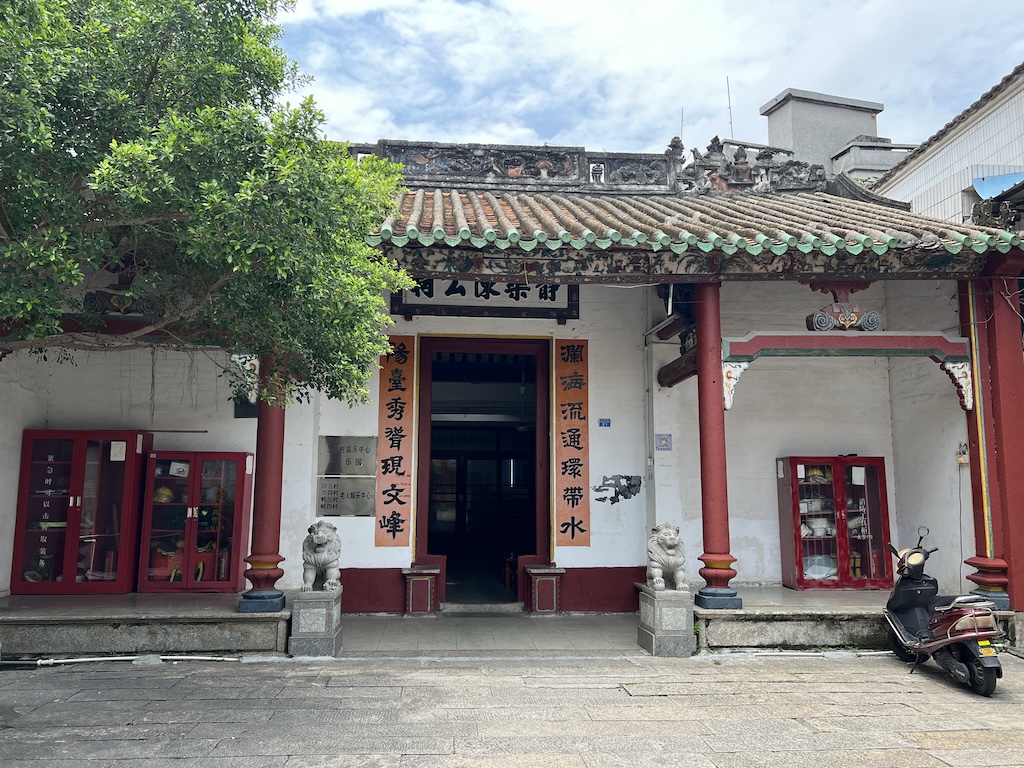
The Jingle Chen’s Ancestral Hall was a structure of the Qing dynasty and it underwent reconstruction in 1985. Its layout is two halls, three bays and one courtyard. The structure is made of brick and stones. As with always, beautiful lime sculptures adorn its gable roof.
The Chen’s of Shajing was a prominent clan. They moved southward from Luoyang and settled down in this area, due to the political unrests in Northern China during the late Song dynasty. Together with the Man’s, the Chen’s started quite a few old markets in Shajing. They were key players in the thriving economy of Shajing. The Jingle Chen’s Ancestral Hall is but one of the Chen’s ancestral halls in this area.
A Walk in the Shajing Old Market
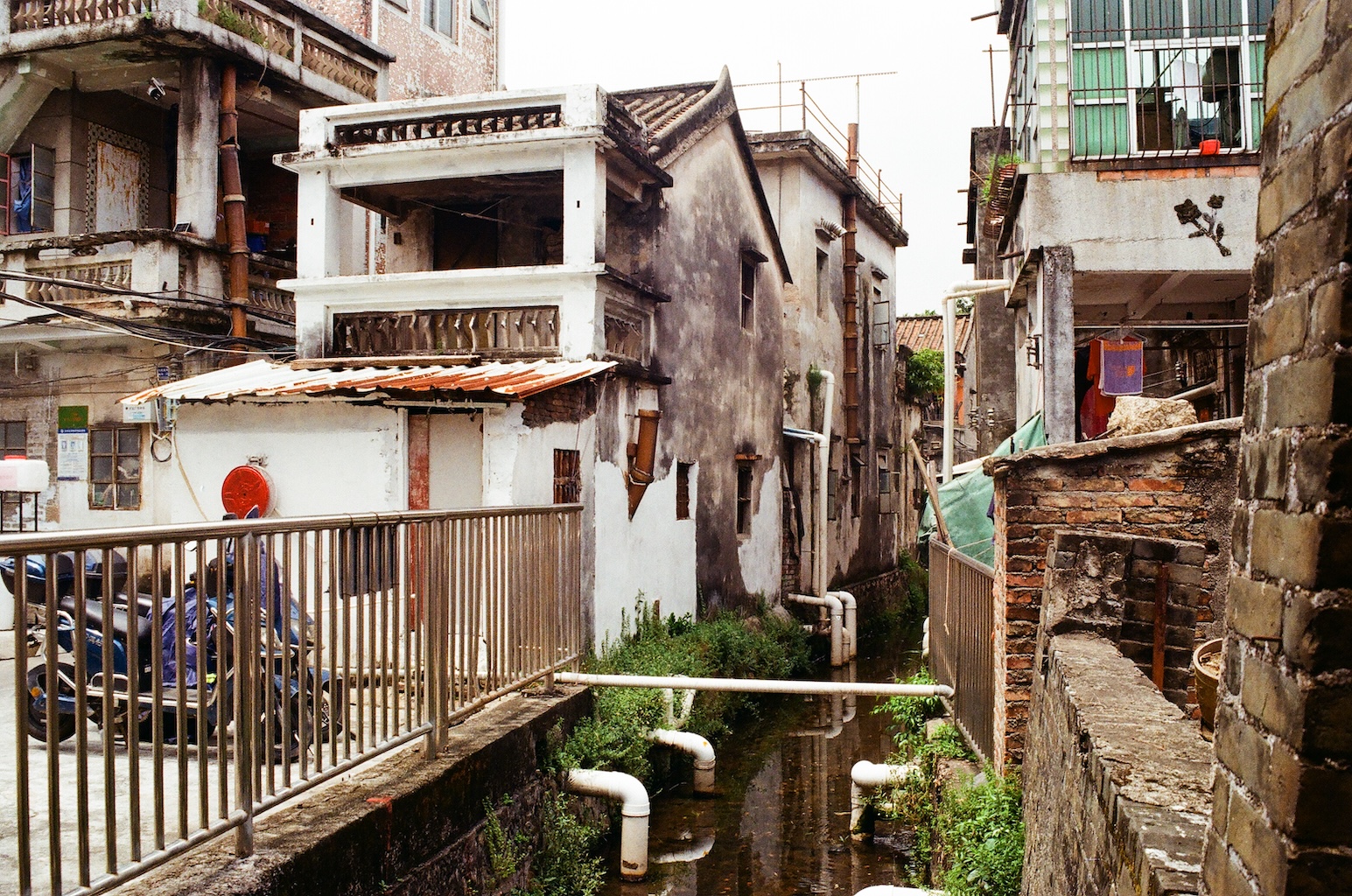
There are many village homes standing in what used to be the Shajing Old Market. You can see the Longjin River running through the area’s pathways. Houses were built along the streaming troughs of the river. See the village views showing old houses from different eras, and enjoy the vibe there.
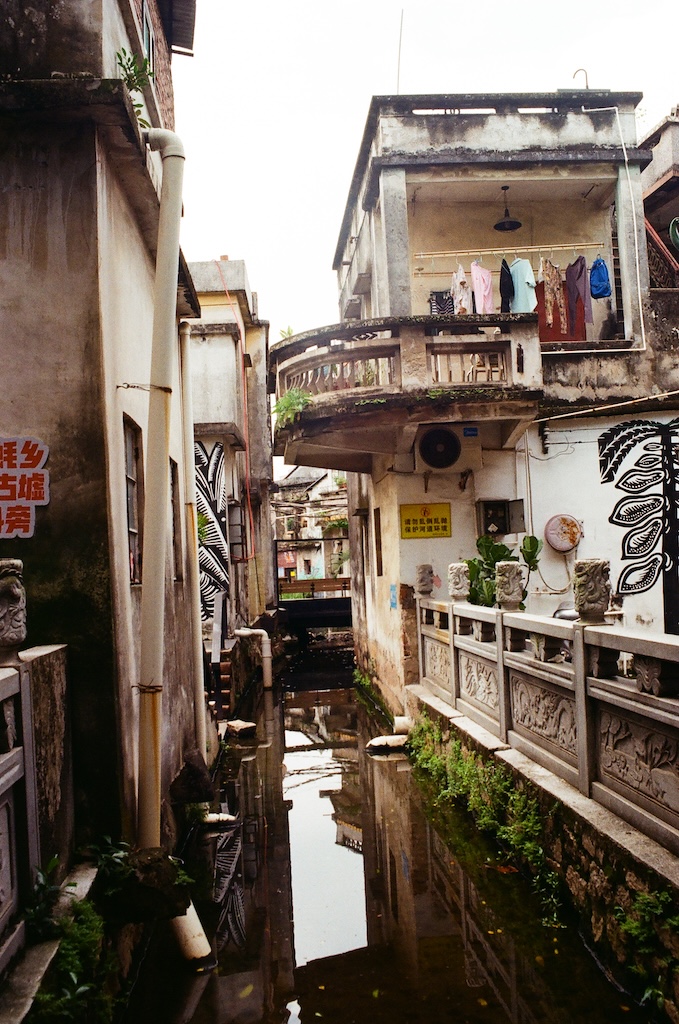
The Jiang Ancestral Hall

The Jiang Ancestral Hall lies some distance away from the Shajing Old Market. My suggestion is to take the Bus Routes 779 / M254 / M598 from the Yabiancun bus stop in Shajing and get off at the Buyong Shichang Dong bus stop, then walk a short distance over. (The map app to use in China is Gaode Maps).
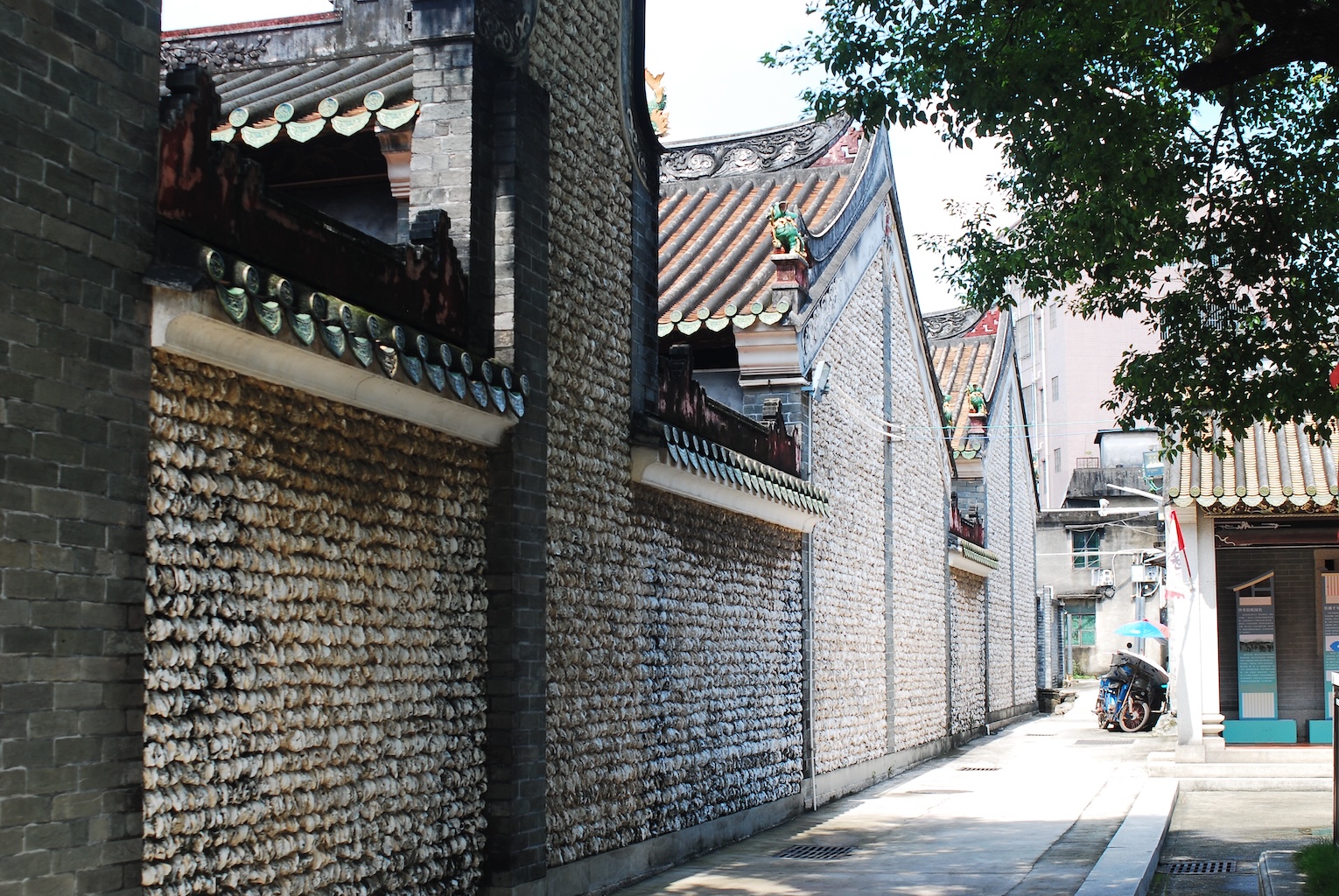
The former oyster trade in Shajing is amply memorialized in the Jiang Ancestral Hall. The exterior of the walls there are lain with oyster shells and it makes a wonderful sight. The Jiang Ancestral Hall is located in Buyong, neighboring the Shajing villages. Like Shajing, the people of Buyong took up oyster farming after the salt trade declined.

The Jiang’s of Buyong had a celebrated lineage that goes back all the way to the very beginning of recorded history in China. The very first ancestors assisted the ancient Emperor Yu in his efforts to tame the floods. The Jiang ancestors would be taking up key official positions with quite a few emperors later in China’s long history. The ancestor that established this village of the Jiang’s in Buyong was Jiang Naliu, in the Ming dynasty.
The Jiang Ancestral Hall was built in the Ming dynasty. During the 1970s, its front hall had to be demolished due to a long history of disrepair. There were also six flagpole mounts outside of the entrance, but they could not be restored. In 2003, it underwent the latest renovation. A structure of brick and wood, the ancestral hall has the layout of three halls and three bays.
The beautiful architectural details at the Jiang Ancestral Hall bespeak the status of the Jiang clan. Its significance as an antique building was readily observable, standing grand, proud and firm in an otherwise modern residential area.
Sources
Descriptions on site in Shajing Old Market and the Jiang Ancestral Hall.
For the research of this entry, I consulted multiple online sources in Chinese that discussed the ancient economy of Shajing’s salt and oyster trade and the history of the Chen clan.




